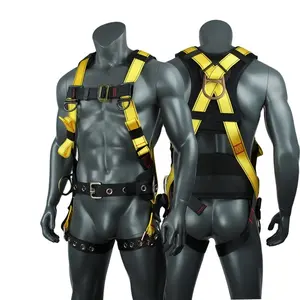
उच्च गुणवत्ता पंच छेद lowes चढ़ाई buckles डबल डोरी हुक डोरी बेल्ट भागों के नाम पूर्ण शरीर के साथ सुरक्षा दोहन
शिप करने के लिए तैयार


कस्टम उद्योग नियंत्रण स्वचालन उपकरण मोलेक्स 5557 जेएसटी पीएच जेडएच एसएम2.5 कनेक्टर केबल असेंबली वायरिंग हार्नेस


जेस्ट एक्स वायरिंग केबल असेंबली निर्माता कस्टम जेस्ट कैबेल मोलx Zh h h vh कनेक्टर विद्युत तार हार्नेस

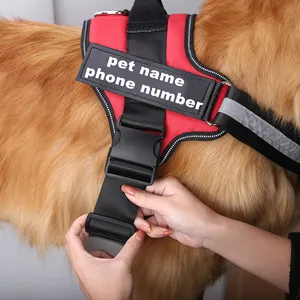
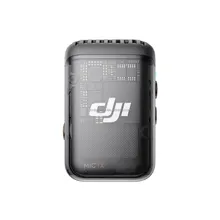

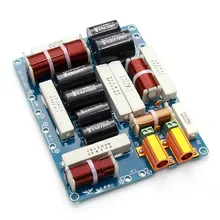
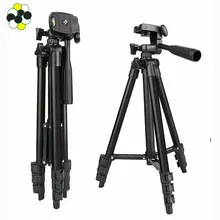
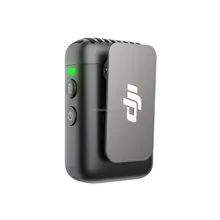





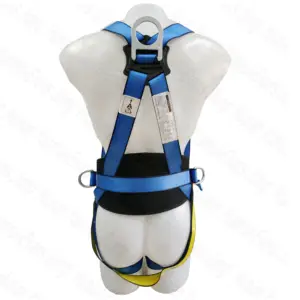

























 浙公网安备 33010002000092号
浙公网安备 33010002000092号 浙B2-20120091-4
浙B2-20120091-4